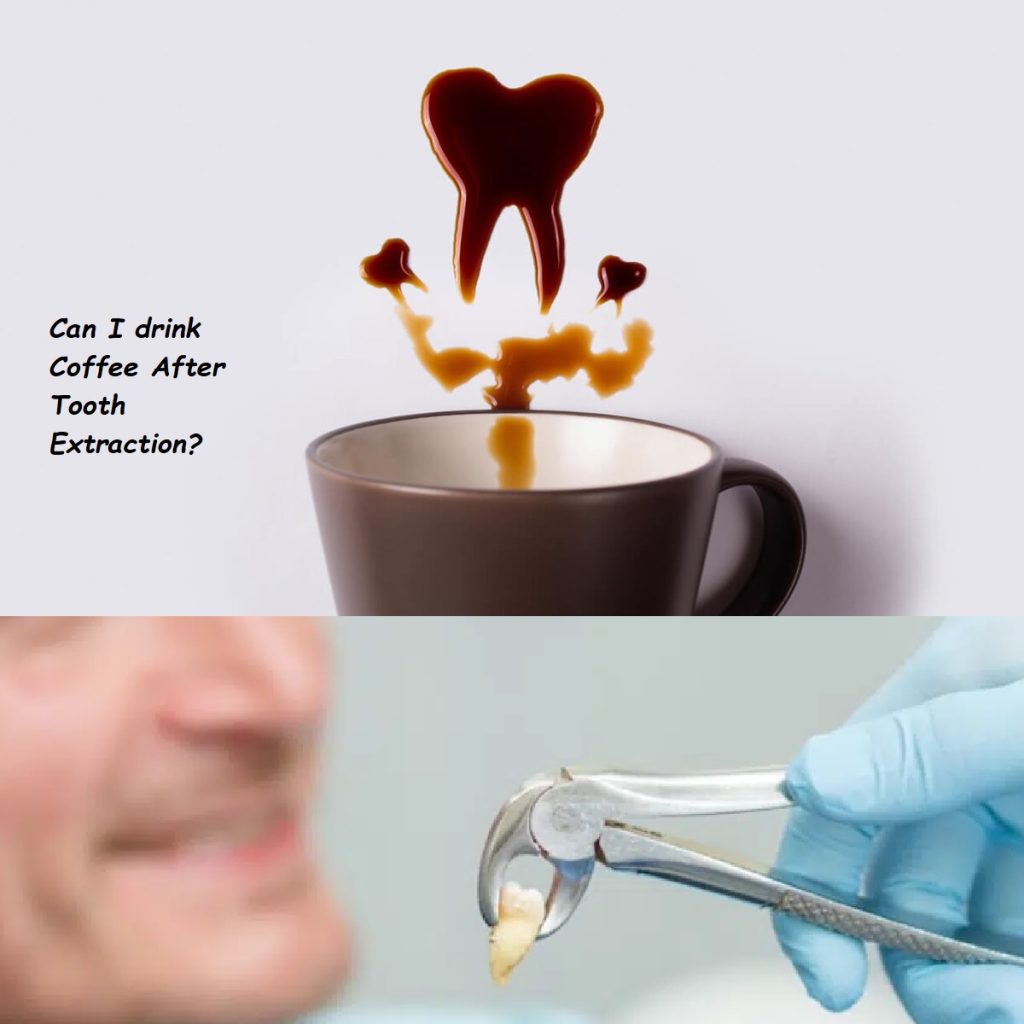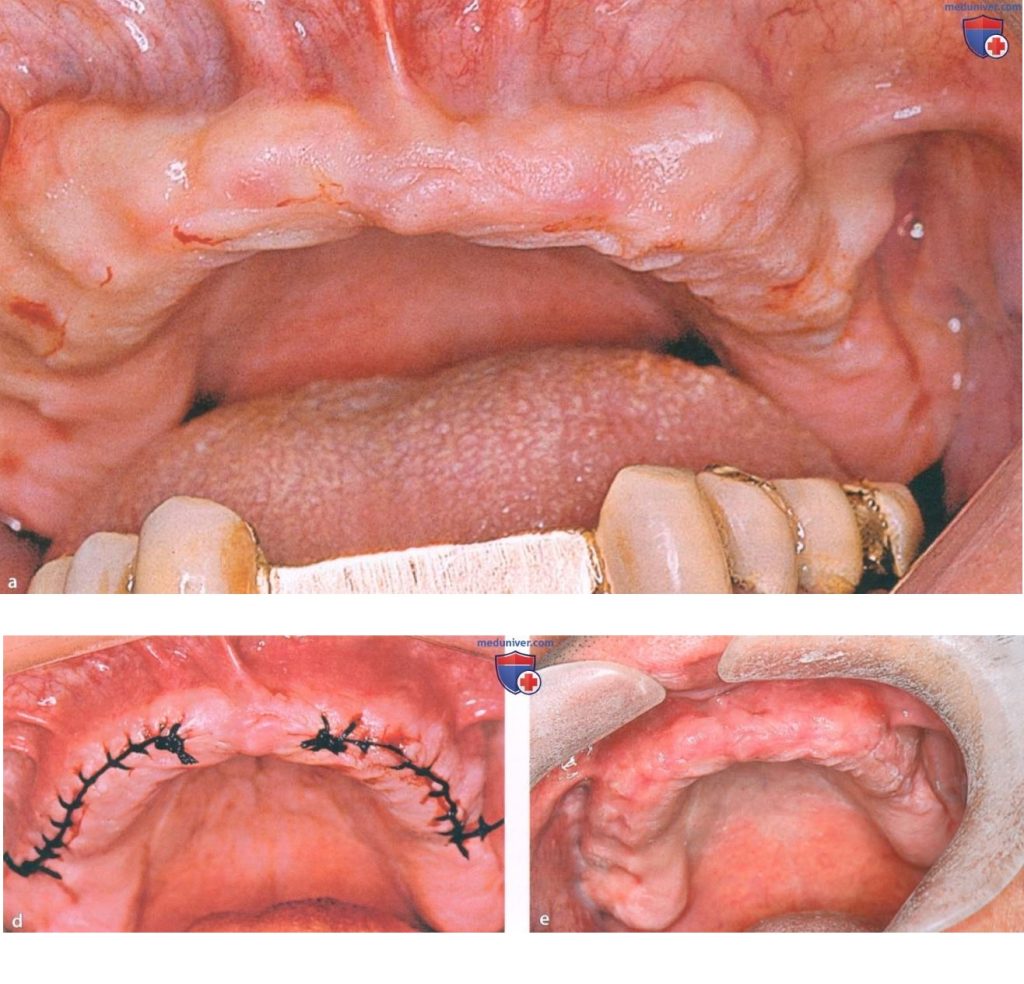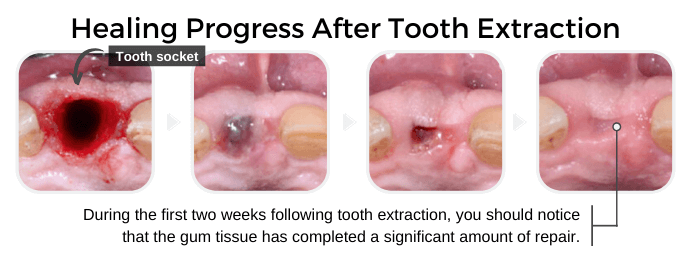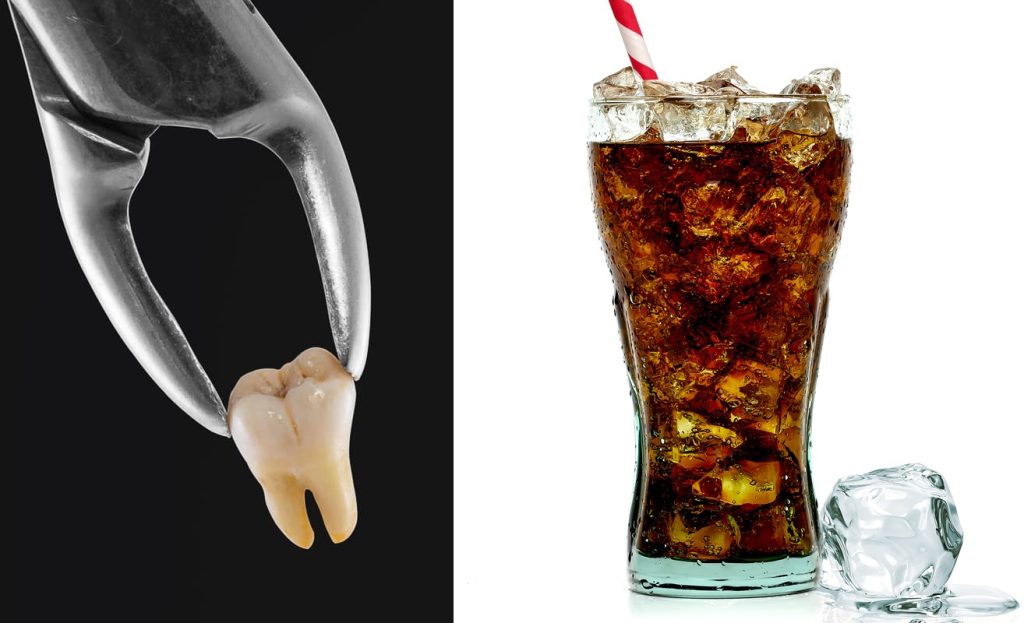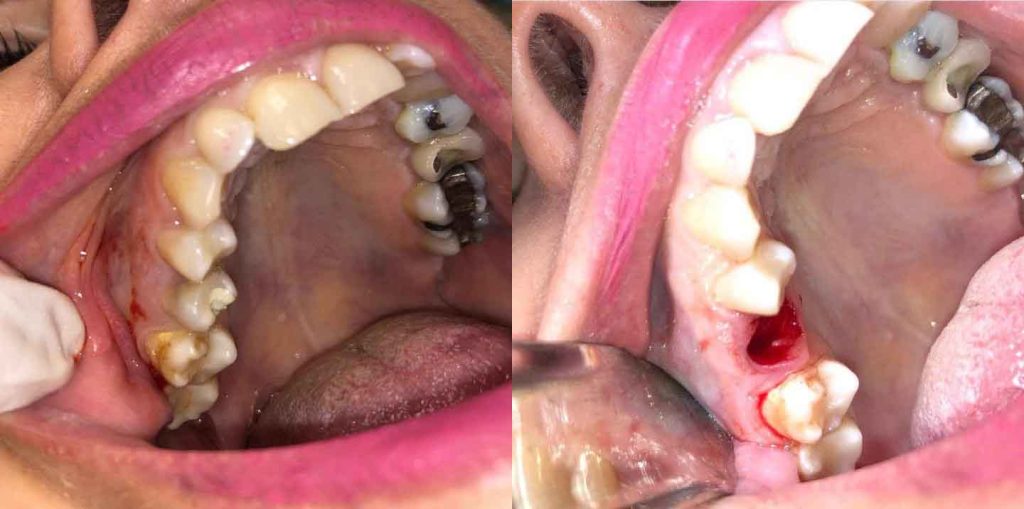Is it normal to get an abscess after tooth extraction

Is It Normal to Get an Abscess After a Tooth Extraction? Understanding Causes, Symptoms, and Treatment
Tooth extraction is a common dental procedure, often performed to remove a damaged, decayed, or problematic tooth. While most extractions heal without complications, sometimes issues can arise during the recovery process. One such complication that can be concerning is the development of an abscess after a tooth extraction. If you’re experiencing symptoms of an abscess following your procedure, you might wonder if this is normal and what steps you should take to address it. In this guide, we’ll explore whether it’s normal to get an abscess after a tooth extraction, what causes it, the symptoms to watch for, and the treatment options available.
What Is an Abscess?
An abscess is a pocket of pus that forms due to a bacterial infection. In the context of dental health, an abscess can develop in the gums, teeth, or bone surrounding the teeth. After a tooth extraction, an abscess can occur at the site of the extraction or in the surrounding tissue if bacteria enter the area and cause an infection.
There are two main types of dental abscesses that might be relevant after an extraction:
- Periapical Abscess: This type of abscess forms at the tip of the tooth’s root. It usually occurs when bacteria enter the tooth through a cavity, crack, or chip and spread to the root.
- Periodontal Abscess: This abscess forms in the gums and the bone surrounding the teeth. It typically occurs when bacteria become trapped in the gum pockets or enter through an injury or extraction site.
Is It Normal to Get an Abscess After a Tooth Extraction?
It’s important to note that while it’s possible to develop an abscess after a tooth extraction, it is not considered normal and is a sign of a complication. An abscess after a tooth extraction indicates that an infection has developed, which requires prompt attention and treatment to prevent further issues.
Here’s what you need to know about why an abscess might form after an extraction and how it differs from normal post-extraction symptoms:
1. Causes of an Abscess After Tooth Extraction
Several factors can contribute to the development of an abscess after a tooth extraction. Understanding these causes can help you recognize when something is amiss and take the necessary steps to address it:
- Bacterial Infection: The most common cause of an abscess after tooth extraction is a bacterial infection. Bacteria can enter the extraction site during or after the procedure, especially if the wound is not properly cleaned or if there is a delay in healing. This can lead to the formation of pus and an abscess.
- Poor Oral Hygiene: Inadequate oral hygiene after the extraction can allow bacteria to thrive in the area, increasing the risk of infection. Failing to follow your dentist’s post-operative care instructions can also contribute to complications.
- Debris Trapped in the Socket: Food particles, plaque, or other debris can become trapped in the socket where the tooth was removed, leading to irritation and infection. This can create an environment conducive to abscess formation.
- Weakened Immune System: Individuals with weakened immune systems are more susceptible to infections, including abscesses, after a tooth extraction. Conditions such as diabetes, autoimmune disorders, or the use of immunosuppressive medications can increase the risk.
- Complicated Extraction: Difficult or traumatic extractions, such as those involving impacted teeth or extensive bone removal, can increase the likelihood of infection and abscess formation, especially if the area doesn’t heal properly.
2. Symptoms of an Abscess After Tooth Extraction
Recognizing the symptoms of an abscess after a tooth extraction is crucial for seeking timely treatment. While some post-extraction discomfort is normal, certain signs indicate that an infection may have developed. Here are the key symptoms to watch for:
- Severe or Increasing Pain: While some pain is expected after an extraction, severe or worsening pain that doesn’t improve with pain relief measures may indicate an abscess. The pain may be throbbing and can radiate to the jaw, ear, or neck.
- Swelling and Redness: Swelling around the extraction site is common, but if the swelling is significant, persistent, or accompanied by redness and warmth, it could be a sign of an abscess.
- Pus or Discharge: Pus or a foul-smelling discharge coming from the extraction site is a clear indication of an infection. You might also notice a bad taste in your mouth.
- Fever: A fever may accompany an abscess as your body tries to fight off the infection. If you develop a fever after a tooth extraction, it’s important to contact your dentist or doctor.
- Swollen Lymph Nodes: Lymph nodes in your neck or under your jaw may become swollen and tender as a result of an infection spreading from the abscess.
- Difficulty Swallowing or Breathing: In severe cases, an abscess can cause swelling that affects your ability to swallow or breathe. This is a medical emergency that requires immediate attention.
Treatment Options for an Abscess After Tooth Extraction
If you suspect that you have developed an abscess after a tooth extraction, it’s essential to seek dental care promptly. Treating an abscess involves addressing the infection, relieving pain, and ensuring proper healing of the extraction site. Here are the common treatment options your dentist may recommend:
1. Draining the Abscess
One of the first steps in treating an abscess is to drain the pus that has accumulated in the infected area. Draining the abscess helps reduce pressure and pain, and it removes the source of the infection.
- Procedure: Your dentist will make a small incision in the abscess to allow the pus to drain. They may also flush the area with a saline solution to clean it thoroughly. In some cases, a small drain may be placed to allow continued drainage.
- Relief: Draining the abscess can provide immediate relief from pain and pressure, though additional treatment will be necessary to address the underlying infection.
2. Antibiotics
After draining the abscess, your dentist will likely prescribe antibiotics to help clear the infection. Antibiotics are essential for preventing the infection from spreading to other areas of the body, such as the jawbone or bloodstream.
- Medication: It’s important to take the full course of antibiotics as prescribed, even if you start feeling better before finishing the medication. This ensures that the infection is completely eradicated.
- Follow-Up: Your dentist may schedule a follow-up appointment to monitor your progress and ensure that the infection is resolving.
3. Cleaning the Extraction Site
If debris or food particles have become trapped in the extraction site, your dentist may need to clean the area to remove any irritants and prevent further infection. This can involve rinsing the socket with a saline solution or using specialized dental tools to remove debris.
- Procedure: Cleaning the extraction site can help promote healing and reduce the risk of a recurrent infection.
- Post-Procedure Care: Your dentist will provide instructions for keeping the area clean and may recommend additional rinses or antiseptic mouthwashes.
4. Addressing Underlying Issues
If the abscess is related to an underlying issue, such as a remaining tooth fragment, bone spicule, or compromised adjacent tooth, your dentist will need to address these problems to prevent further complications. This may involve additional procedures or treatments to ensure that the infection is fully resolved.
- Procedure: Depending on the cause, your dentist may remove the problematic tissue or treat the adjacent tooth to prevent further infection.
- Long-Term Care: Your dentist will advise you on how to care for the area moving forward to prevent recurrence.
5. Pain Management
Managing pain is an important part of treatment for an abscess after a tooth extraction. In addition to antibiotics, your dentist may recommend over-the-counter pain relievers such as ibuprofen or acetaminophen to help control discomfort.
- Medication: Follow your dentist’s instructions for pain relief, and avoid taking any medications that are not recommended.
- Self-Care: Applying a cold compress to the outside of your cheek near the extraction site can also help reduce pain and swelling.
Preventing an Abscess After Tooth Extraction
While it’s not always possible to prevent complications, there are steps you can take to reduce the risk of developing an abscess after a tooth extraction. Here are some preventive measures to keep in mind:
1. Follow Post-Operative Instructions
Your dentist will provide specific instructions for caring for the extraction site after your procedure. Following these instructions closely is crucial for preventing infection. This may include guidelines on when and how to clean the area, what foods to avoid, and how to manage pain.
- Tip: Avoid rinsing your mouth, spitting, or using a straw for the first 24 hours after the extraction to prevent dislodging the blood clot.
2. Maintain Good Oral Hygiene
Keeping your mouth clean is essential for preventing infection after an extraction. Brush and floss your teeth gently, being careful to avoid the extraction site, and use any prescribed mouth rinses as directed.
- Tip: Use a soft-bristled toothbrush and avoid vigorous brushing near the extraction site.
3. Stay Hydrated and Eat Soft Foods
Drinking plenty of water helps keep your mouth clean and promotes healing. Stick to soft foods for the first few days after the extraction to avoid irritating the extraction site.
- Tip: Foods like yogurt, applesauce, mashed potatoes, and smoothies are gentle on the mouth and provide nutrition without causing discomfort.
4. Avoid Smoking and Alcohol
Smoking and alcohol can interfere with the healing process and increase the risk of infection. It’s important to avoid these substances for at least a few days after the extraction, or as long as your dentist recommends.
- Tip: If you smoke, consider using nicotine patches or other alternatives during the healing period to reduce the risk of complications.
5. Monitor Your Symptoms
Pay close attention to how you’re feeling in the days following your extraction. If you notice any signs of infection, such as increasing pain, swelling, or discharge, contact your dentist immediately.
- Tip: Keep track of your symptoms and don’t hesitate to reach out to your dentist if something doesn’t feel right.
Frequently Asked Questions About Abscesses After Tooth Extraction
Q: How common is it to get an abscess after a tooth extraction?
A: While it’s possible to develop an abscess after a tooth extraction, it is not common. An abscess indicates a complication and should be addressed promptly by a dentist.
Q: Can an abscess go away on its own after a tooth extraction?
A: No, an abscess will not go away on its own. It requires treatment, typically involving drainage and antibiotics, to clear the infection and prevent further complications.
Q: What should I do if I suspect I have an abscess after a tooth extraction?
A: If you suspect you have an abscess, contact your dentist immediately. Early treatment is essential to prevent the infection from spreading and to ensure proper healing.
Q: How long does it take for an abscess to heal after treatment?
A: The time it takes for an abscess to heal can vary depending on the severity of the infection and the effectiveness of the treatment. Most abscesses begin to improve within a few days of starting antibiotics, but complete healing may take one to two weeks.
Q: Can an abscess after a tooth extraction cause other complications?
A: Yes, if left untreated, an abscess can lead to more serious complications, such as the spread of infection to other parts of the body, including the jawbone, sinuses, or bloodstream. Prompt treatment is crucial to prevent these issues.
Conclusion: Addressing and Preventing Abscesses After Tooth Extraction
While it’s not normal to develop an abscess after a tooth extraction, it’s a complication that can occur and requires prompt attention. An abscess is a sign of infection, and early treatment is essential to prevent further problems and ensure proper healing. By recognizing the symptoms of an abscess and seeking timely care, you can address the infection effectively and get back on track to recovery.
Preventing an abscess involves following your dentist’s post-operative care instructions, maintaining good oral hygiene, and monitoring your symptoms closely. If you experience any signs of an infection or if something doesn’t feel right, don’t hesitate to contact your dentist. With the right care and attention, you can navigate the healing process smoothly and avoid complications, ensuring that your mouth heals properly after a tooth extraction.



